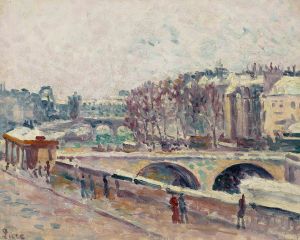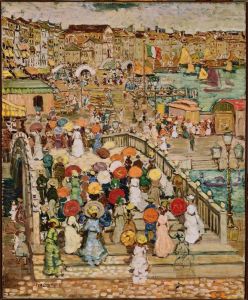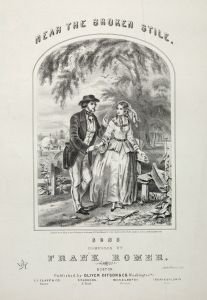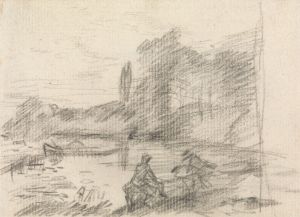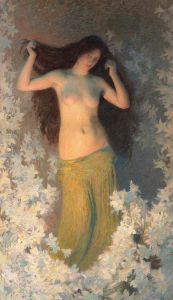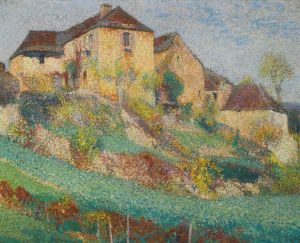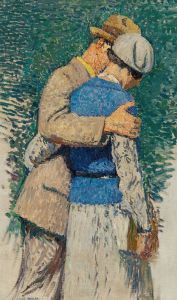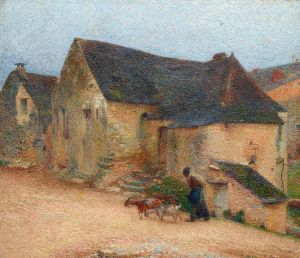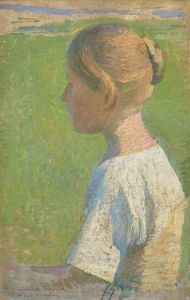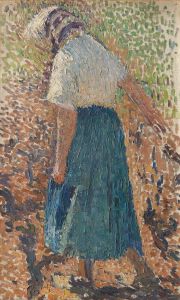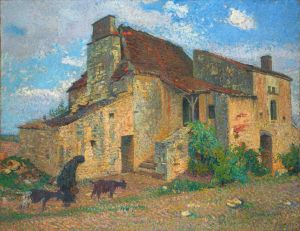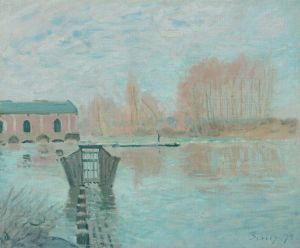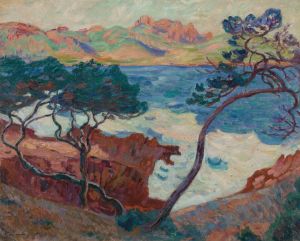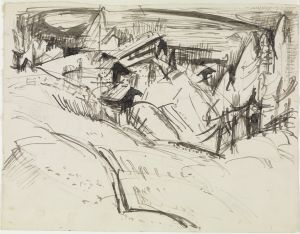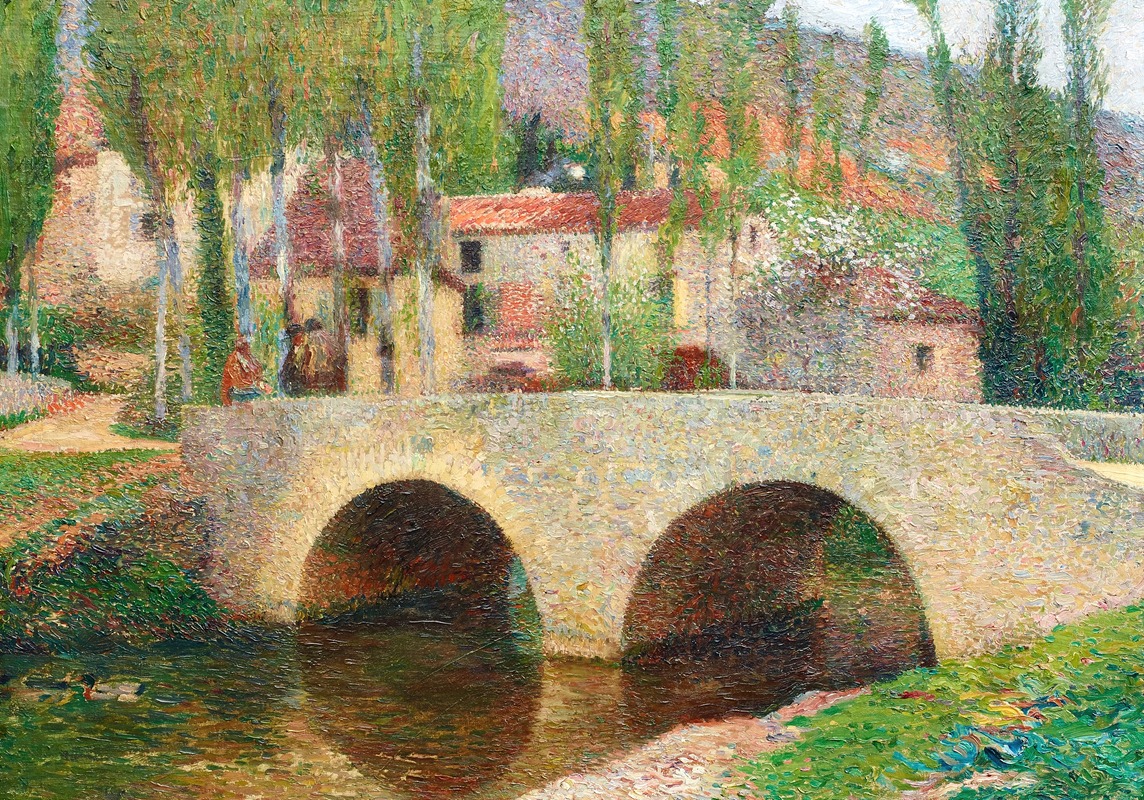
Le Pont à Labastide-du-Vert
A hand-painted replica of Henri Martin’s masterpiece Le Pont à Labastide-du-Vert, meticulously crafted by professional artists to capture the true essence of the original. Each piece is created with museum-quality canvas and rare mineral pigments, carefully painted by experienced artists with delicate brushstrokes and rich, layered colors to perfectly recreate the texture of the original artwork. Unlike machine-printed reproductions, this hand-painted version brings the painting to life, infused with the artist’s emotions and skill in every stroke. Whether for personal collection or home decoration, it instantly elevates the artistic atmosphere of any space.
Henri Martin was a prominent French painter known for his contributions to the Post-Impressionist movement. Born in 1860 in Toulouse, France, Martin developed a distinctive style characterized by his use of vibrant colors and a technique that often involved pointillism, a method of painting in which small, distinct dots of color are applied in patterns to form an image. His works often depicted serene landscapes, gardens, and scenes of rural life, capturing the essence of the French countryside with a dreamlike quality.
One of Martin's notable works is "Le Pont à Labastide-du-Vert," which translates to "The Bridge at Labastide-du-Vert." This painting is a quintessential example of Martin's ability to blend natural beauty with a sense of tranquility. Labastide-du-Vert is a small commune in the Lot department in southwestern France, an area known for its picturesque landscapes and historical architecture. The bridge depicted in the painting is a central element of the village, serving as both a literal and metaphorical connection between different parts of the community.
In "Le Pont à Labastide-du-Vert," Martin captures the bridge with a delicate balance of light and shadow, using his signature pointillist technique to create a shimmering effect that brings the scene to life. The painting reflects Martin's fascination with the play of light on surfaces, a characteristic that aligns him with the Impressionist movement, although his style is more structured and deliberate compared to the spontaneity often associated with Impressionism.
The composition of the painting is carefully arranged to draw the viewer's eye across the bridge and into the surrounding landscape. Martin's use of color is particularly noteworthy; he employs a palette of greens, blues, and earthy tones to evoke the lushness of the region. The dappled sunlight filtering through the trees adds a dynamic quality to the scene, suggesting a moment captured in time.
Henri Martin's work, including "Le Pont à Labastide-du-Vert," is celebrated for its ability to convey a sense of peace and harmony. His paintings often invite viewers to pause and appreciate the beauty of the natural world, a theme that resonates throughout his oeuvre. Martin's dedication to capturing the essence of rural France has made his work enduringly popular, and his paintings are held in high regard in both private collections and public institutions.
Throughout his career, Martin received numerous accolades for his contributions to art. He was awarded the prestigious Prix de Rome in 1885, which allowed him to study in Italy and further develop his artistic skills. Upon returning to France, he continued to refine his style, gaining recognition for his unique approach to landscape painting.
"Le Pont à Labastide-du-Vert" exemplifies Martin's mastery of color and composition, as well as his ability to evoke emotion through his art. The painting stands as a testament to his skill and his deep appreciation for the natural world. Today, Henri Martin is remembered as one of the leading figures of the Post-Impressionist movement, and his works continue to inspire and captivate audiences around the world.





